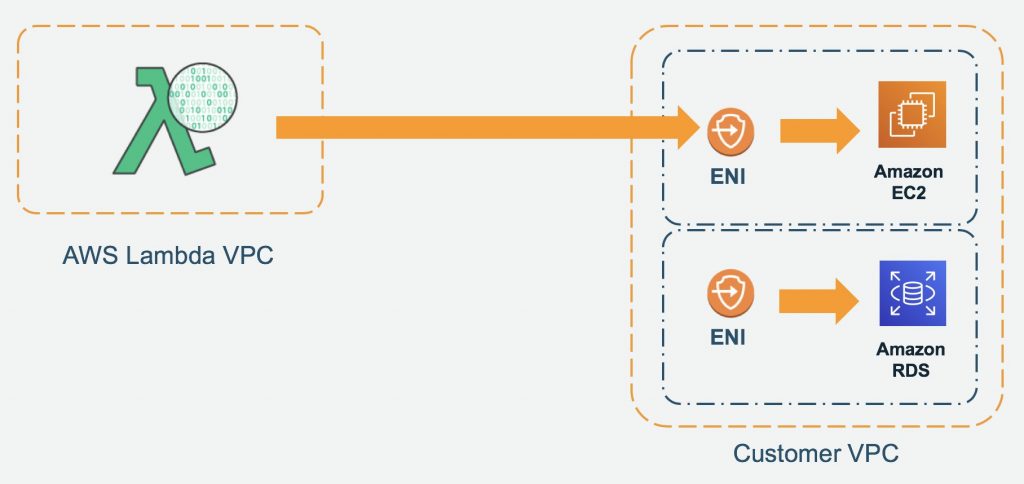AWS Architecture Blog
Tag: aws lambda
10 Things Serverless Architects Should Know
Building on the first three parts of the AWS Lambda scaling and best practices series where you learned how to design serverless apps for massive scale, AWS Lambda’s different invocation models, and best practices for developing with AWS Lambda, we now invite you to take your serverless knowledge to the next level by reviewing the […]
Intuit: Serving Millions of Global Customers with Amazon Connect
As a 35-year-old company with an international customer base, Intuit is widely known as the maker of Quick Books and Turbo Tax, among other software products. Its 50 million customers can access its global contact centers not just for password resets and feature explanations, but for detailed tax interpretation and advice. As you can imagine, […]
Best Practices for Developing on AWS Lambda
In our previous post we discussed the various ways you can invoke AWS Lambda functions. In this post, we’ll provide some tips and best practices you can use when building your AWS Lambda functions. One of the benefits of using Lambda, is that you don’t have to worry about server and infrastructure management. This means […]
How to Design Your Serverless Apps for Massive Scale
Serverless is one of the hottest design patterns in the cloud today, allowing you to focus on building and innovating, rather than worrying about the heavy lifting of server and OS operations. In this series of posts, we’ll discuss topics that you should consider when designing your serverless architectures. First, we’ll look at architectural patterns […]
Updates to Serverless Architectural Patterns and Best Practices
September 8, 2021: Amazon Elasticsearch Service has been renamed to Amazon OpenSearch Service. See details. As we sail past the halfway point between re:Invent 2018 and re:Invent 2019, I’d like to revisit some of the recent serverless announcements we’ve made. These are all complimentary to the patterns discussed in the re:Invent architecture track’s Serverless Architectural […]




